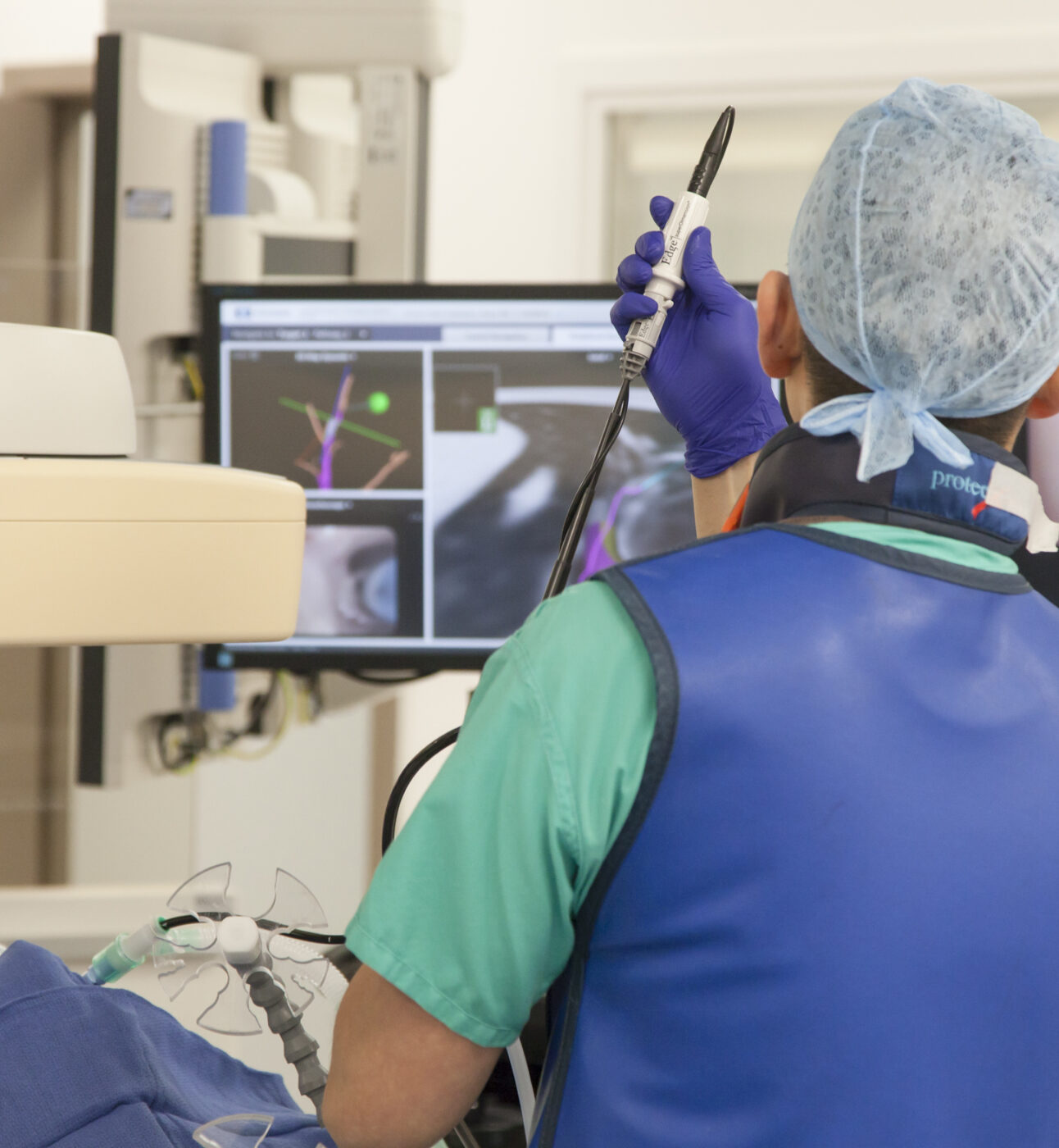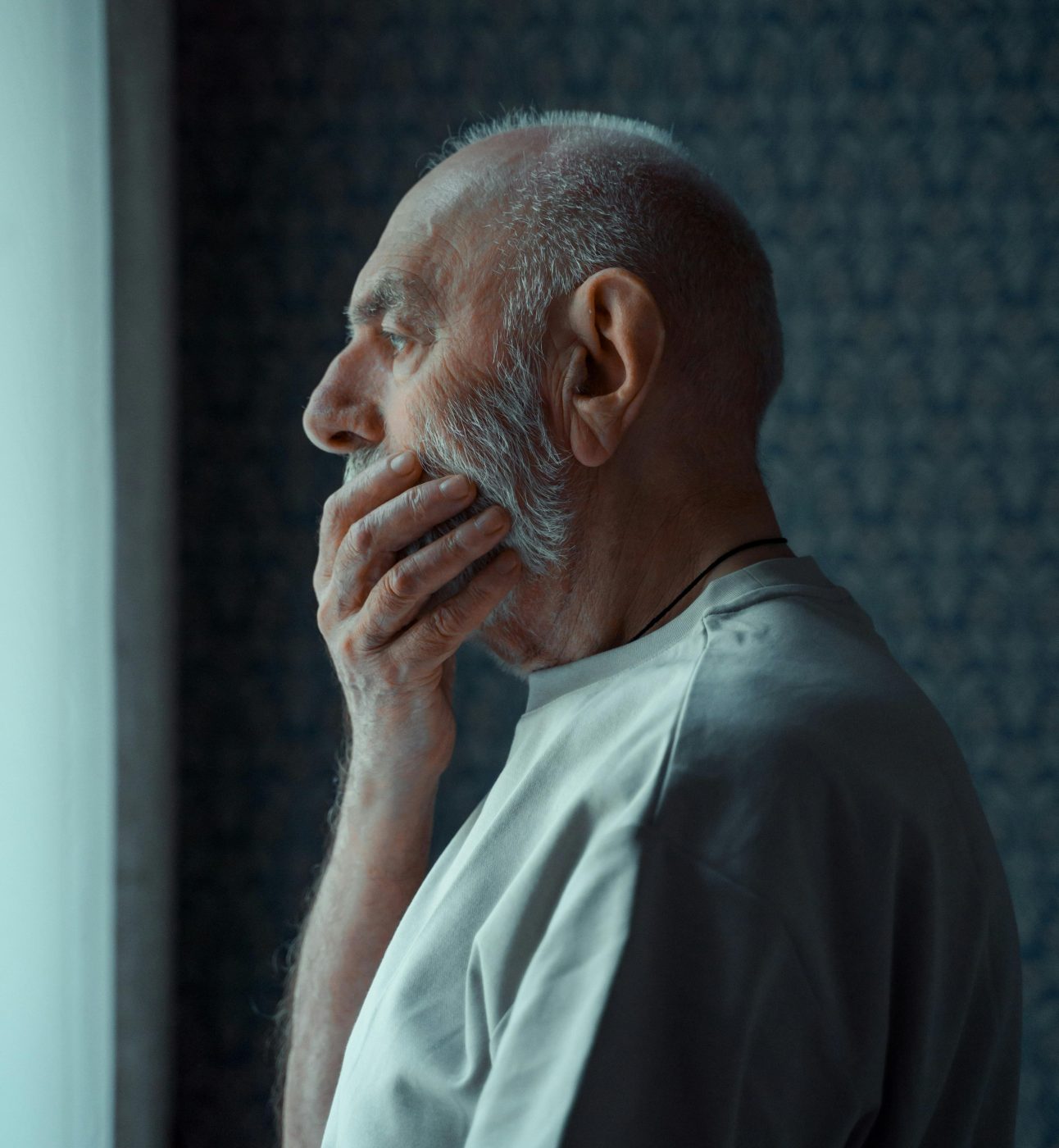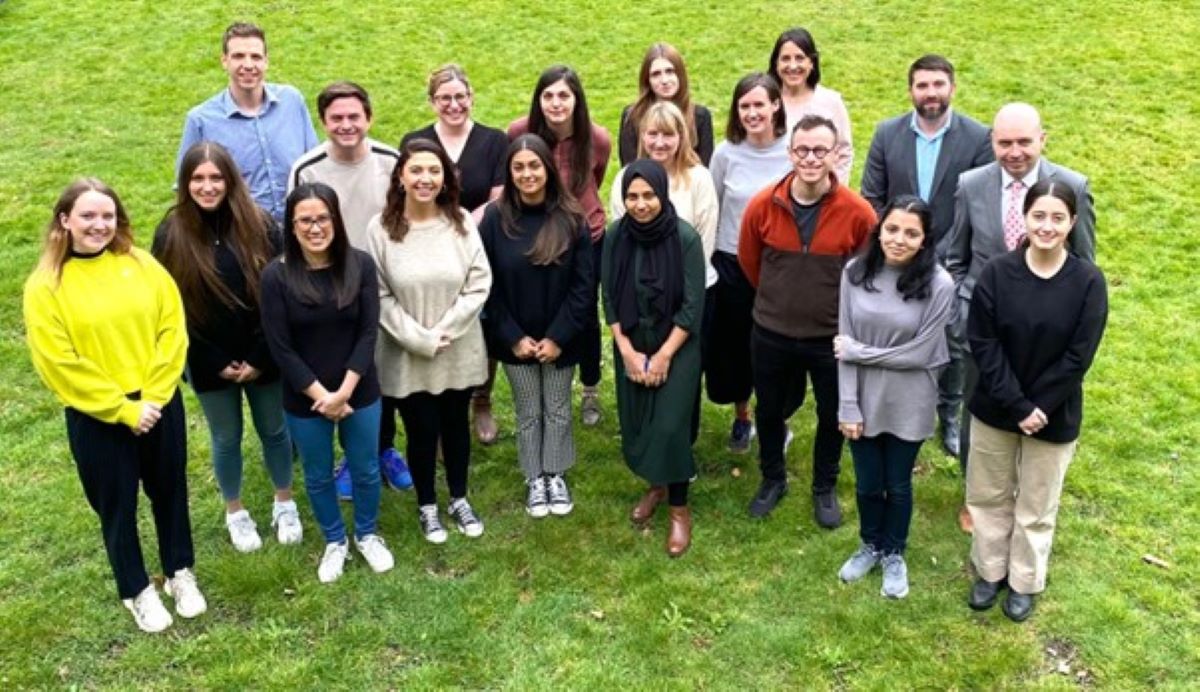
Experts unite to tackle tuberculosis in East London
With support from Barts Charity, leading health experts are joining forces to help tackle tuberculosis (TB) in East London.

Dr Kamla Pillay and Dr Eva Loucaides explain how the BiliNEST project will be improving equitable care for babies of all ethnicities.
Currently in the UK, babies of ethnic minority groups are at higher risk of severe jaundice and its consequences. Supported by nearly £33,000 of Barts Charity funding, the BiliNEST project will be exploring not only why this is the case, but what healthcare improvements could be made to ensure babies of all skin colours receive the best possible care.
Kamla is one of the three co-leads on the project (alongside Dr Mailis Michaud and Dr Joanna Mena), whilst Eva is founder and co-chair of the Research, Evaluation & Audit for Child Health (REACH) network – a pan-London group that aims to connect paediatric research with clinical care and champions resident doctor led research.
“Jaundice is a common condition for newborn babies, which involves and yellowing of the skin. In the vast majority of times, it’s not a significant health problem and goes away without any treatment. However, in some rare cases, if a baby has severe jaundice and doesn’t receive treatment quickly enough, this can lead to brain damage.
If a baby has suffered brain damage, it often only becomes clear as the baby goes through their developmental milestones and can cause cognitive impairment and physical disability.”
"Now in the UK, it's estimated that babies with darker skin, so especially those of Asian or Black descent, are more at risk. One possible reason for this is because we're not as good at picking up jaundice in babies with darker skin."
“One aim is to look at how we assess the level of bilirubin in babies. One of these is a blood test and another one is a test which directs light onto the babies’ skin and measures how much is reflected to estimate the level of bilirubin. There is some evidence to suggest that this light test device may be more variable in babies of darker skin, but more research is needed to fully understand this.
The BiliNEST team will also be looking at the guidelines for jaundice followed by healthcare teams in the London hospitals; whether there is any variation in these guidelines, whether the guidelines mention skin tone and advise any change in practice regarding babies with darker skin.”
“We would say the strength of this study is that we will have most of the London hospitals providing NHS post-natal care as research sites. London is incredibly diverse, and we think it’s really important that we’ve got representation from across the Greater London region, which will hopefully make our results a bit more applicable in a broader sense as well. Clearly reducing race related health disparities is really important across the entire country and East London is incredibly ethnically diverse.
Another one of our objectives is to understand parents’ and carers’ experience of any possible race related interactions that they’ve had with healthcare professionals related to jaundice.”
"We hope that this study will interrogate these questions and give us a better understanding of how to improve neonatal jaundice care for children of colour. Is it our reliance on visual detection? Is it our diagnostic methods?"
“The aim of the network is for resident doctors in London to work together to pose and answer relevant clinical questions that they themselves come up with. Resident doctor-led networks stem from the realisation that these doctors very much work at the forefront of healthcare and are actually very well placed to identify where there is a need for more research – such as is the case for neonatal jaundice.
The research is all about collaboration and it allows us to collect more data from a really diverse area. So that’s the big advantage of this being a network study. The other big benefit that it confers is that you give doctors from all backgrounds and levels of experience an opportunity to be involved in research. Being active in research also makes you also a better clinician – you improve your patient care. And this is what REACH is trying to do.”
“We would hope that through our research, we can contribute to the understanding of how to reliably detect jaundice in babies of all skin tones and lead to improvements in clinical guidelines to actively change some elements of care. What we find in the BiliNEST study can also hopefully inform a larger scale study to better understand these issues.
We really want to get a better picture of how jaundice does affect families and carers. Being in a postnatal ward during jaundice treatment can have a big impact on maternal mental health and bonding. If we could ultimately reduce the time mothers and their newborn babies have to be in hospital, it would be much better for everyone.
We want to make sure that people’s voices are heard, as this issue is relevant to parents and families of all backgrounds.”

With support from Barts Charity, leading health experts are joining forces to help tackle tuberculosis (TB) in East London.

Having depression is known to increase a person’s risk of developing dementia. But new research, supported by Barts Charity, shows that depression is also an early indicator of dementia – particularly in older people.

In 2017, our funding established the Preventive Neurology Unit at Queen Mary University of London. The unit brought together an ambitious team, including Ruth Dobson, Alastair Noyce and Charles Marshall, to pilot new, revolutionary research into dementia, Parkinson’s disease and multiple sclerosis (MS), tackling issues relevant to our local East London community.